When will it happen a great earthquake in Lima?

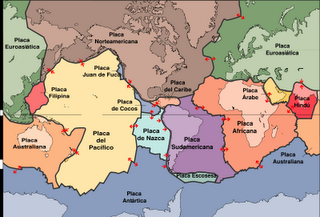
I) according to E.J. Tarbuck and T.K. Lutgens, the Peruvian coasts being, located throughout a convergent axis of tectonic plates (Plate of Cocos, Plate of Nasca) -that colission of continuous, accumulating energy -it must not pass more than 100 years, without it happens again another earthquake of proportions in one of these countries : Ecuador/Chile/Peru (long term forecast). Maps and historical registrations of the periodicity of the worst earthquakes are had. It is so, because once liberated the accumulated energy of an earthquake, the elastic previously tightened forces, regained their initial level, alone for ciclically get additional energy (because of new frictions or, subductions), conditioning new and future earthquakes. From the last great earthquake happened in Lima in 1974, it have already spent 30 years. The more come closer to the 100 years, the possibilities of occurrence of a great earthquake, are bigger. II) The possibility that it happens before (this year or in the following 5), is also real, but the possibilities to predict temporary very near occurrences: days, weeks (short term forecast), is difficult at the moment. Nevertheless it must be pertinent to take cautions to scale, because the populational high density of Lima and some of their adjacent districts, make fear a catastrophe of proportions. To keep in mind that Richter’Scale, is not so exact. The earthquake of Armenia (1988: 25 000 deaths), had 6,9 -RS-, those of San Fernando/California (1971), Northridge/California (1994) and Kobe/Japan (1995) : 6,5, 6,7 and 6,9 -RS- respectively. III) WHAT TO DO?. Follow the recommendations of the engineer :Julio Kuroiwa, who proposes the construction of sustainable cities with growth and expansion toward sure areas (solid land and houses). To transfer populations in risk (Villa El Salvador, margins of the rivers Rimac and Chillon, high altitude areas with fragile adobe constructions: Moquegua, Tacna, Chachapoyas), to areas but sure. Besides it, follow the recommendations of INDECI: mockeries, recognition of sure areas to the interior and external of buildings and houses and qualification of extensive evacuation areas, in the event of earthquakes associated to tsunamis.
Terremoto a la vista?
Desde inicios del 2006, se vienen registrando hasta la fecha, un total de 84 movimientos sismicos en todo el Perú. Solo durante Setiembre/2006, se detectaron en Lima: 14 movimientos de intensidad leve (Escala de Richter -ER-) y en Octubre : 12. El 20/10/06, ocurrió un sismo 6,4 ER : moderado (el más intenso, hasta el momento) y el 26/10, otro de 5,8 ER. Todos estos sismos han tenido sus focos (origen, de liberación de energia), en los fondos litosféricos marinos a más de 50 km de las costas, a profundidades entre 30 a 40 km, con epicentros (areas superficiales, encima del foco), en Pisco, Ica y Cañete, 170 km al suroeste, de Lima. Con la casi comprobación de las teorias de tectónica de placas y expansión de los fondos marinos, la mayoria de sismólogos, atribuye como causa de estos movimientos sismicos a rozamientos, desplazamientos o subducciones convergentes (una placa debajo de otra), de la Placa de Nazca debajo de la Placa Sudamericana. Desde que en 1687, 1966 y 1974, se produjeran en Lima terremotos de 7 o mas grados en la ER -con efectos devastadores- existe una exagerada sensibilidad cuando estos ocurren en Lima, a despecho de su baja intensidad. La presencia de esta serie de movimientos sismicos en los últimos 2 meses -es desusual- ameritando la pregunta de ¿si no seran el preludio de un sismo de proporciones?.
I) De acuerdo a E.J. Tarbuck y T.K. Lutgens, estando las costas peruanas, ubicadas a lo largo de un eje convergente de placas tectonicas (Placa de los Cocos, Placa de Nasca) -que colisionan de continuo, acumulando energia- no han de pasar más de 100 años, sin que vuelva a ocurrir otro sismo de proporciones en uno de estos paises :Ecuador/Chile/Peru (pronósticos a largo plazo). Se tienen mapas y registros históricos de la peridiocidad de los sismos graves. Es asi, porque una vez liberada la energia generadora de un terremoto, las fuerzas elasticas previamente tensadas, retoman su nivel inicial, solo para reacumular –cíclicamente- energia adicional (a causa de nuevo rozamientos o, subducciones), gestadores de nuevos y futuros terremotos. Desde el ultimo gran terremoto ocurrido en Lima en 1974, han pasado ya 30 años. Cuanto más nos acerquemos a los 100 años, las posibilidades de ocurrencia de un gran terremoto, son mayores. II) La posibilidad de que ocurra antes (este año o en los siguientes 5), también es real, empero las posibilidades de predecir ocurrencias temporales muy cercanas :dias, semanas (pronósticos a corto plazo), es dificil por el momento. No obstante seria pertinente tomar precauciones a escala, porque la alta densidad poblacional de Lima Cercado y algunos de sus distritos colindantes, hacen temer una catástrofe de proporciones. Tener en cuenta que Escala de Richter, no es tan exacta. El terremoto de Armenia (1988 : 25 000 muertos), tuvo 6,9 -ER-, los de San Fernando/California (1971), Northridge/California (1994) y Kobe/Japón (1995) : 6,5, 6,7 y 6,9 -ER- respectivamente. III) ¿QUE HACER?. Seguir las recomendaciones del ingeniero Julio Kuroiwa, quien propone la edificación de ciudades sostenibles con crecimiento y expansión hacia zonas seguras (terrenos y edificaciones solidas). Trasladar poblaciones en riesgo (Villa El Salvador, márgenes de los rios Rimac y Chillon, areas con fragiles construcciones de adobe :altoandinas de Moquegua, Tacna, Chachapoyas), a zonas mas seguras. Agregar a ello , las recomendaciones de INDECI: simulacros, reconocimiento de zonas seguras al interior y exterior de edificios y casas y habilitacion de extensas areas de evacuación, en caso de terremotos asociados a tsunamis.

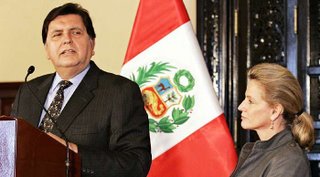

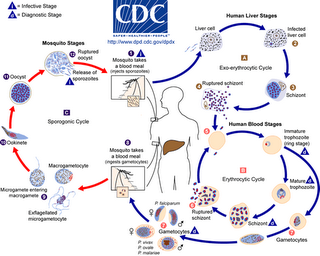

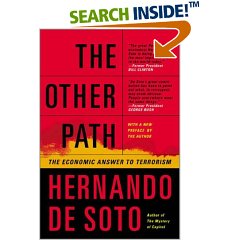

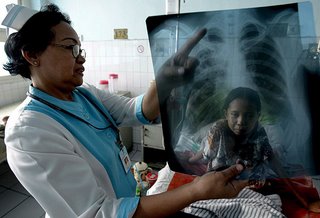



.+Photo+Author.jpg)


